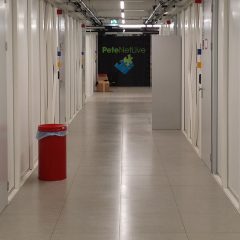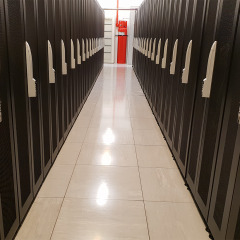VMware – Setting up ESX NTP Time Sync
ESX NTP KB ID 0000798 Problem Having your ESX Server running the correct time is quite important, and before you visit this subject, I would suggest you MAKE SURE the time is set in the ESX Servers BIOS, ie the internal clock is set correctly first. I’ve lost count of the amount of times I’ve seen Windows domains fall over because the ESX host has reverted to its BIOS time and replicated that time to its guests, suddenly your...
Windows – Setting Domain Time
Domain Time KB ID 0000112 Problem If you have arrived here, you have either noticed that the time is wrong on your server(s) or client PC(s), or you have looked in the event viewer and seen one of the following events being logged. Event ID’s 12, 22, 29, 36, 38, 47, and 50. Time Problem Events – On the PDC Emulator Event ID 12 (W32 Time Time Provider NtpClient: This machine is configured to use {text omitted}, but it is...
What is Latency?
What is Latency? KB ID 0001874 What is Latency? I hear people use the word ‘Latency’ a lot, mostly without ever really understanding what it is, unlike its close relations bandwidth and thoughput* which are measurments of data, latency is a measurment of TIME, and in a lot scenarios is variable depending on what’s happening. *Note: Too low bandwidth and thoughput can increase latency. There will always be latency,...
Finding Out the Last Time Domain Users have Logged in
KB ID 0000682 Problem Active directory keeps a log of the last time a domain user has authenticated to the domain (from server 2000 onwards) , the drawback with 2000 is that this value didn’t replicate so you had to query each domain controller and cobble the results together. After 2003 this value was replicated (after convergence,) to all domain controllers. Solution Update Here’s a much better way of showing who logged...
Windows – Error ‘A Good Time server could not be located’
KB ID 0000705 Problem Seen when running dcdiag, Error(s): Starting test: Advertising Warning: Server-Name is not advertising as a time server. ……………………. Server-Name failed test Advertising Running enterprise tests on : PeteNetLive.com Starting test: Intersite ……………………. PeteNetLive.com passed test Intersite Starting test: FsmoCheck...





